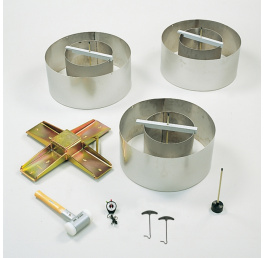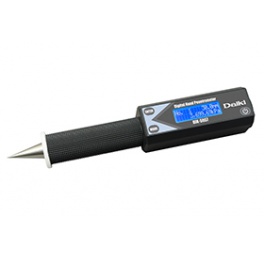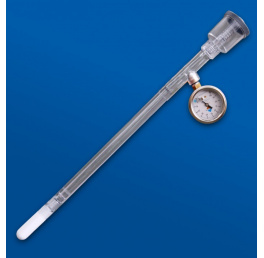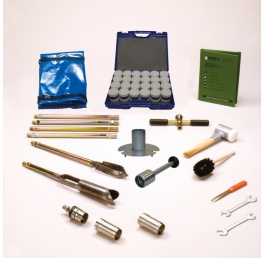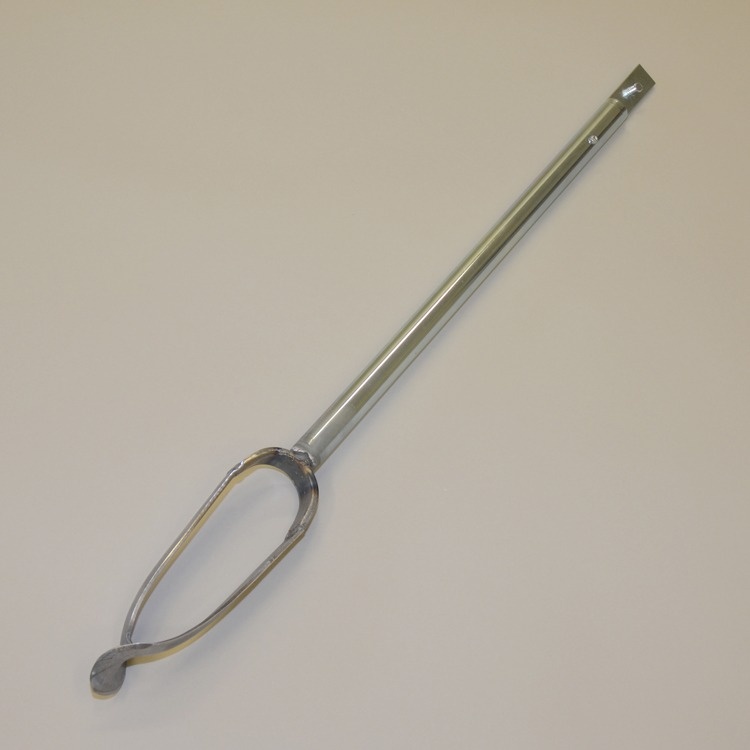
The typical design of the Edelman auger allows for a minimum of friction during penetration into the soil, and the extraction of the auger from the soil, which means less physical effort. To achieve optimal results, the auger type should be chosen in respect to the soil type in question.
Auger Edelman clay type.
Clay soils can be very cohesive; therefore, the blades of the clay type can be narrow. The blades meet with little resistance permitting augering to be done with a minimum of effort, producing a hardly disturbed sample. Wider blades would cause extra friction and the soil material would be difficult to remove.
Availability
This auger is available in several diameters, and/or various connections.
Connections
Divisible augers are manufactured with the standard bayonet connection or a conical screw thread connection.
- Allows minimum friction during soil penetration.
- A Less physical effort for the extraction from soil.
- Blades can be narrow to meet with little resistance.
- Eijkelkamp Auger Edelman Clay available in several diameters, and/or various connections.
- Standard bayonet connection or a conical screw thread connection.
Benefits Hand auger equipment
- High tensile strength forged auger bodies
- Perfect auger body shapes for optimal drilling
- Non-toxic steel for all types of analyses
- Rapid connectible extension rods
Remarks
- Leave augers to air-dry after use
- Decontaminate with soap
- One man operated until 10 m depth
N/A




